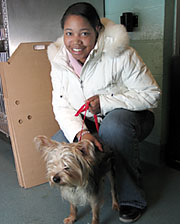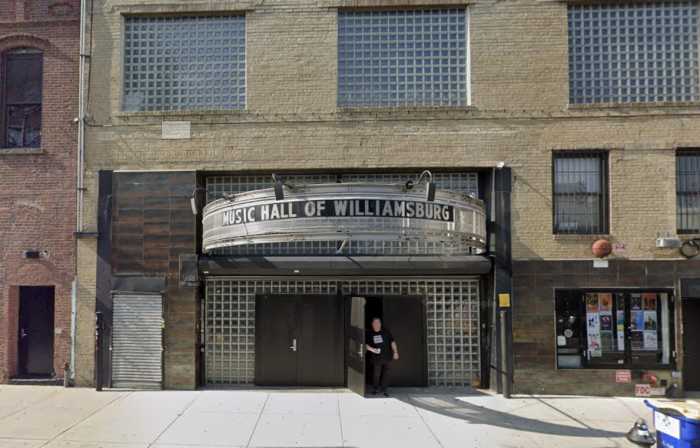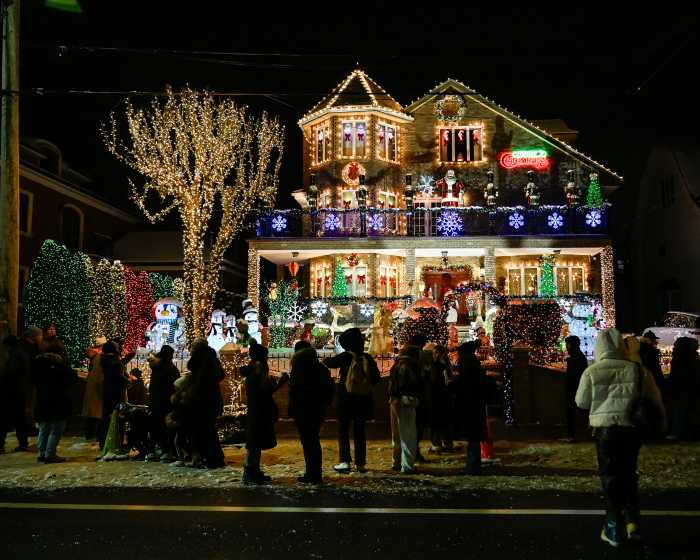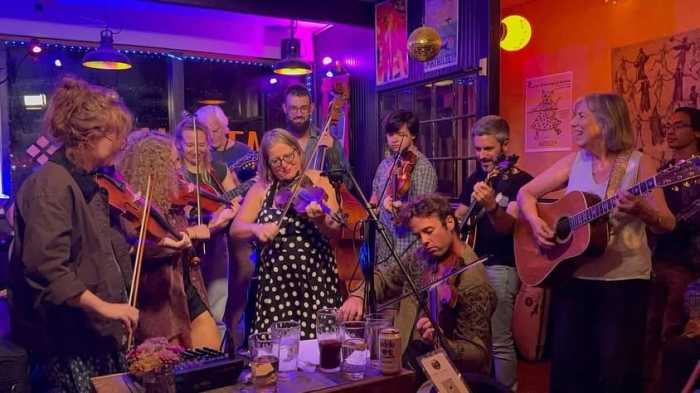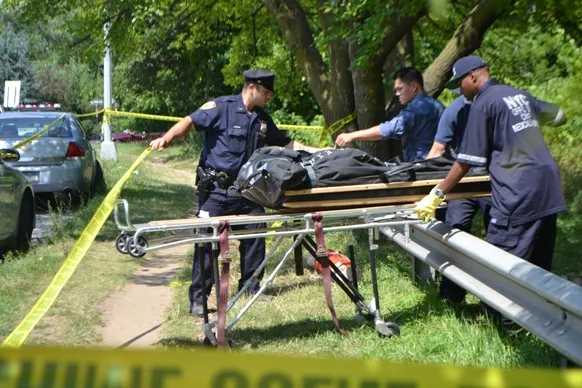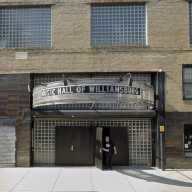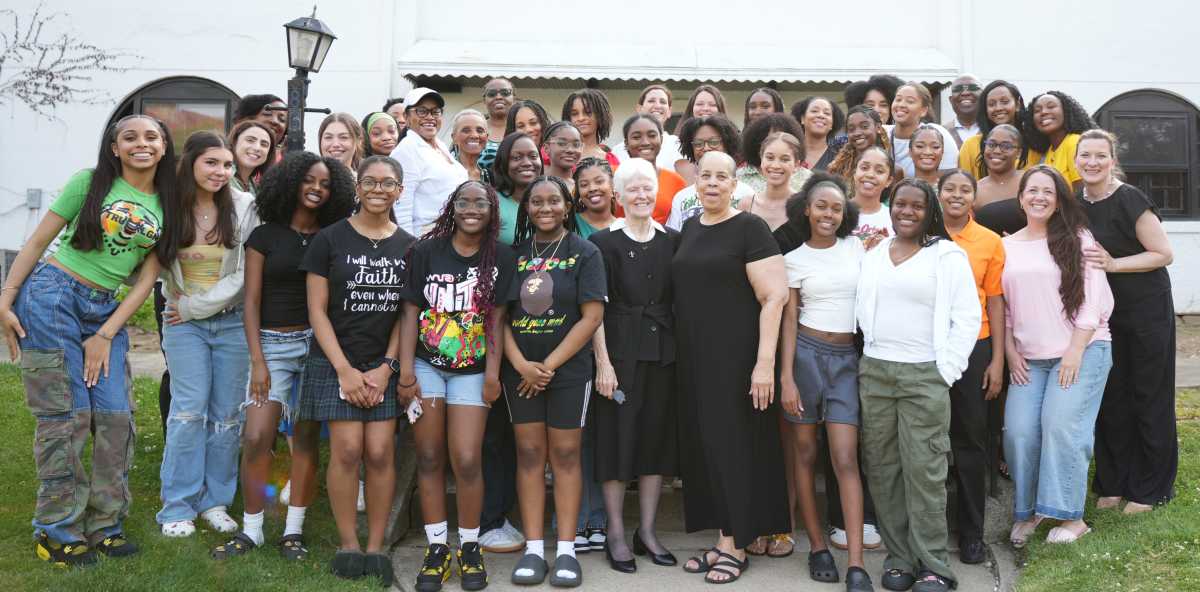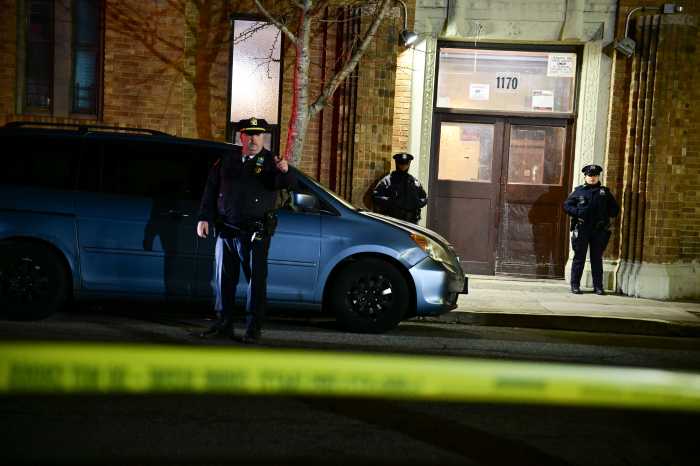"If you’ve tried and tried and just
can’t have one of your own, adopt."
A large poster with that slogan takes up most of a mint-green
wall in a narrow corridor where uniformed staff and medical personnel
are squeezing past a throng of visitors going in and out of sparse
but sanitary rooms.
The friendly employees are trying their best, running back and
forth on a cold Saturday afternoon, to help potential "parents"
pick and choose a "baby" that best suits their individual
lifestyle. Age, gender, personality, size and even color are
all taken into consideration. But here, parents don’t have to
wait months or even years to take home the bundle of joy of their
choice.
"It’s just so amazing when people who did not consider adoption
come in, because they are curious," said manager Joyce Clemmons,
47. "We can find a perfect match for them here." All
it takes is for people to walk in, Clemmons told GO Brooklyn.
So, what in the world are we talking about? Here’s a hint: The
hospital-like facility is an East New York shelter, where rooms
are filled with row upon row of cages in place of beds – and
the "babies" come with fur.
"I don’t call them animals here," said Clemmons, manager
of the Brooklyn Animal Care & Control Adoption Center. "I
call them my babies," she said, adding that she does not
have children of her own.
In order to keep the adoption rate high during the cold months,
when many people are less likely to leave their homes, Animal
Care & Control offers special winter discounts that make
adopting a pet "the best deal in all of New York,"
said Ed Boks, executive director of New York City Animal Care
& Control, which runs one shelter in each borough.
"February was cold and the [adoption] numbers were low,
so we had to offer specials," said Richard Gentles, 41,
director of operations for city Animal Care & Control. "We
set prices to encourage people to adopt."
From now through March 31, AC&C has lowered the cost of adoption
to what Gentles calls "life-saving prices": $30 for
cats and $75 for dogs. And a great deal it is, when you bear
in mind that the usual adoption fee can be as high as $150. The
special fee includes spaying/neutering, vaccination and one free
veterinary visit. A microchip that can help track lost or stolen
pets can be purchased and implanted in your adopted pet at AC&C’s
shelters for an additional $20.
Most people who came to the Brooklyn AC&C shelter on a recent
Saturday were not aware of the deal they were getting.
"Last year it was $145 for a dog and $135 for a cat,"
said Najiyyah Ali, 26, assistant office manager at the shelter
in East New York. "If people knew that, they would appreciate
[our low prices this year] even more."
They might not know of the winter special, but many adopting
families are familiar with AC&C’s Web site, www.nycacc.org,
where the non-profit organization posts photographs of many of
the adoptable animals.
Edward Ling, 5, of Bensonhurst, came with his aunt and father,
Saeng and Fu Ling, to adopt a 5-month-old German shepherd mix,
whose picture he saw online. The Lings beat the Lerners, who
rushed to East New York from Brighton Beach for the same puppy.
"We saw him online and we came out here," said Gloria
Lerner, pointing toward the golden brown puppy Edward was holding
by the leash. "But they snatched him."
Thanks to the wide selection of animals at the shelter, Lerner,
who came with her 16-year-old daughter, wasn’t disappointed for
too long. Before she knew it, she fell in love with a 7-month-old
German shepherd mix and she could not wait to take him home.
"I think that it’s better to rescue a dog than buy one from
the store," said Robert Maciaszek, 14, of Greenpoint.
Robert and his mother, Agatha, decided on a 3-year-old cocker
spaniel. "I think I’ll name him Caesar," Robert said.
Adoption rate lags
Boks came to New York in January 2004 from Arizona’s Maricopa
County Animal Care & Control, known as the country’s pioneer
in "no-kill" shelters, where he also served as executive
director. One of the reasons New York turned to him to improve
the city’s animal care, he said, was because he had a successful
experience with the implementation of the "no-kill"
policy in Arizona’s shelters.
"New York had a reputation as the worst city in the country
in the way it treated [stray] animals," said Boks.
AC&C’s statistics show that within the past year in New York
there has been a 101 percent increase in adoptions and a 17 percent
decrease in euthanasia.
"Fewer animals died in New York in 2004 than in any other
year in New York history," Boks said.
Boks said AC&C is the largest pet rescue organization in
New York, rescuing more than 42,000 lost and homeless animals
and close to 3,000 farm, wild and exotic animals each year. With
the recent increase, the annual number of adoptions amounts to
18,000.
Despite all the improvements, the adoption rate still lags behind
the number of lost and homeless animals that enter shelters daily.
Although in decline and used as a last resort, the humane killing
of animals is sometimes the only option.
"We get between 50 and 100 animals a day," said Ali,
sitting in a small, shared office at the Brooklyn AC&C shelter,
whose 430 cages are filled to capacity.
"We have to take the animals," Ali said. The shelter
employees try to discourage owners from giving up their pets,
she said, explaining what might happen to them. But in the end,
the shelter is required to take in all the animals that pass
through its doors.
All stray animals are automatically kept in the shelter for 72
hours, after which the adoptable ones remain in the shelter,
where on a good day there are between 10 and 20 adoptions.
"Sometimes we do have to do euthanasia," said Ali,
who has worked at the Brooklyn shelter since 2000. Animals whose
behavior is considered dangerous to the public and those who
are sick are generally kill candidates, but sometimes space limitations
are the reason for putting animals to sleep.
The AC&C’s goal for 2005 is to reduce pet euthanasia by another
15 percent. The key to reaching that goal, said Boks, is to spread
the word and encourage more individuals to adopt. In addition
to giving their animal shelters exposure through media outlets,
AC&C also takes a more direct approach by bringing the animals
to the people.
"We take the animals into the community," he said.
"We take them into the parks, churches, synagogues, anywhere
we can get a venue."
Clemmons, who has worked at the Brooklyn shelter since it first
opened, on Feb. 1, 1995, said she has noticed many positive changes
within the past few years, including the recent renovation of
the shelter and the increase in adoption rates.
Loneliness cure
People who decide to adopt an animal do so for different reasons.
While the Lings, Lerners and Maciaszeks fulfilled their children’s
wishes for a pet, others simply don’t want to be lonely.
"I’m retired now, and I want company," said Ann Thompson,
62, of Brownsville, who adopted a fluffy little Pomeranian dog
from the Brooklyn shelter.
Theresa and Donald Honey, of Bensonhurst, came to adopt because
their dog Roxie had died three weeks earlier. They chose a year-old
female black Labrador retriever mix.
Theresa Honey, 68, said that she had to have a pet because she
loves animals and wants companionship.
"I’m working and [my wife] is home alone," said Donald
Honey, 72.
That Saturday, the Brooklyn Animal Care & Control center
had a good day. The total of 25 adoptions – 15 cats and 10 dogs
– surpassed its daily average.
Boks attributes the Brooklyn shelter’s success to the kindness
of its employees. But Clemmons thinks it’s more than that.
"People and animals belong together," she said.
The Brooklyn Animal Care & Control
Adoption Center is located at 2336 Linden Blvd. between Essex
Street and Shepherd Avenue in East New York. Adoption hours are
noon to 7 pm, daily. Effective now through March 31, AC&C
has lowered the cost of adoption to $30 for cats and $75 for
dogs. For more information visit www.nycacc.org
on the Web or call (212) 788-4000.


